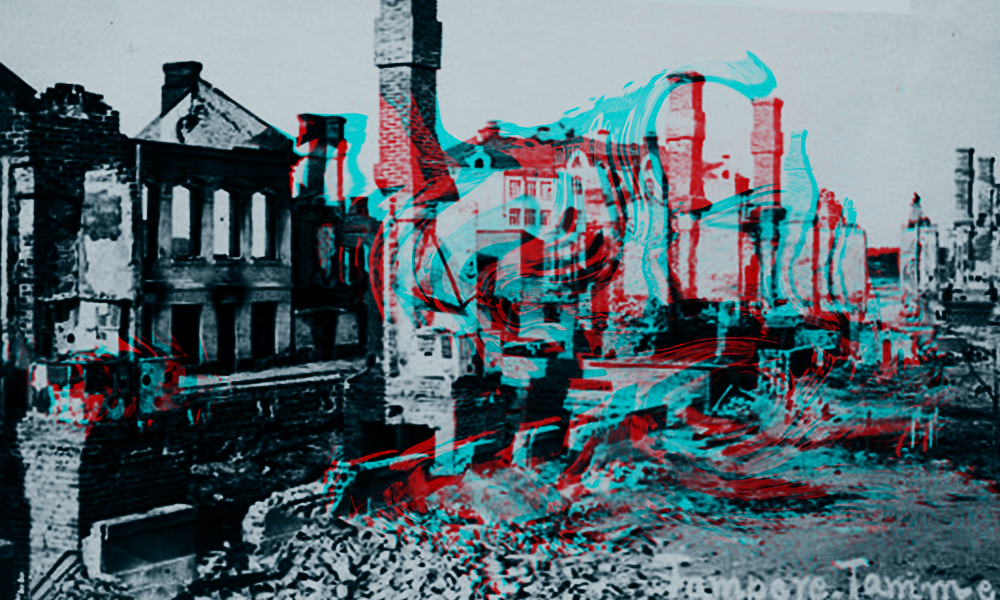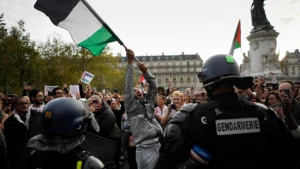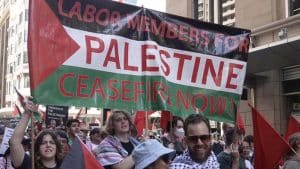Part I | Part II | Part III
The Course of the War
By early February 1918, Finland had been clearly divided. The Whites controlled over three quarters of the territory, but just under half the population and none of the major cities. The Reds had all the industrial centers – but since there was hardly any arms industry in Finland, this did not represent too much of a military advantage. A huge disadvantage was that the Reds controlled almost no agricultural areas. Grain shipments from Russia became necessary to avoid famine. The fighting took place between February and April when the whole country was covered with snow, so large maneuvers could only be carried out by rail. Especially the Red side built armored trains (asejuna) and deployed them with great success.
At the outbreak of the war, the Home Guard (i.e. the White, counter-revolutionary militia) consisted of poorly armed and largely immobile peasant militias. But it had a professional military leadership that focused on training an army. White commanders like Mannerheim were officers with years of experience in the Russian or Swedish armies. The Jäger battalion that returned from Germany provided the Whites with two thousand Finnish soldiers with NCO training and some recent war experience.
The Red Guard, on the other hand, suffered from a constant lack of leadership. Only one commander on the Reds’ General Staff, Ali Aaltonen, had training as an officer, and only as a lieutenant. Problems were everywhere: The SDP had always demanded the prohibition of alcohol, but Red Guard commanders like Aaltonen or Eero Haapalainen (a former chairman of the SAJ) were repeatedly drunk at their posts, sometimes even disappearing for days at a time. The situation in the rank-and-file was no better. Since there had been no mandatory military service for Finnish citizens after 1901, few Red Guards were accustomed to military discipline. They went to the front lines in the morning and returned home in the evening, just like in factory life, and they only followed orders that made sense to them. The Red Guard practiced a kind of grassroots democracy that greatly weakened their fighting strength, with units often deliberating for days whether they should follow urgent orders from their general staff or not.
Contrary to the claims of right-wing historians, Russian troops only participated in the Finnish civil war sporadically. Even in places like Viipuri, where Russian units fought alongside the Red Guard, nationalist prejudices were often stronger than international solidarity. Many Finns saw Russians as their “traditional enemy” (perivihollinen) and historical oppressors, as well as being members of an inferior race. For many Russians, in contrast, the Finns were ignorant peasants whose revolution was entirely insignificant. These mutual prejudices were even present in the workers’ parties and at the front, leading to continuous friction.
The Brest-Litovsk Treaty of March 3, 1918, between the German Reich and the Soviet Union, prohibited any Russian intervention in Finland. The opponents of the treaty within the Bolshevik party accused Lenin of abandoning the revolutions in Ukraine and Finland, but Lenin was able to win a majority for accepting the treaty. He believed that Soviet Russia desperately needed a pause from years of imperialist slaughter, which was probably a realistic assessment. Besides, the treaty could still be broken – “we have already broken it 30-40 times,” Lenin said, referring to the support given to the Finnish Revolution despite the terms of Brest-Litovsk, which was perfectly legitimate in dealing with the murderous imperialist powers.
The Soviet leadership promised military aid to the Finns again and again, but could only deliver on a small scale. We already mentioned the train full of rifles sent to the Red Guard in January. The Russian garrison, with 40,000 soldiers, was still stationed in Finland, but like the rest of the Tsarist army, it was quickly melting away. Politically reliable units were dispatched by the Soviet government to Petrograd. The remaining soldiers were heavily demoralized after years of world war. Thousands of them went home or never returned from leave. Only Russian volunteers fought alongside the Finnish Red Guard, and there were not more than 1,000 of these. Even counting all the Russian units that were deployed for even a few days on the strip of land between Viipuri and Petrograd, i.e. just over the Russian border, there were no more than 3,000 or 4,000 Russian soldiers involved in the Finnish civil war.
Mannherheim’s White troops were able to encircle the city of Tampere (which was known as the “Finnish Manchester” because of the high concentration of industry, just like Manchester in England) at the end of March 1918. The city had no fortifications, and although there were thousands of Red Guards in the city, most of them panicked after defeats in the surrounding countryside. There was no centrally organized defense, but the workers resisted bravely. The Whites had to fight from house to house and razed most buildings to the ground. The Red commander Hugo Salmela, a worker from a sawmill, had military talent, but died in an accidental explosion right before the battle. Tampere fell on April 6, and its “liberators” left behind nothing but ruins. The Whites murdered 200 people that very day – not just Red “agitators,” but also any Russians they could find (including Russians who sympathized with the Whites).
The “activist” wing of the Finnish bourgeoisie had been asking the German Reich to intervene in Finland since the beginning of the world war, to stop Russia and “anarchy.” On April 3, 1918, a German expeditionary corps under General Rüdiger von der Goltz landed near Hanko, west of Helsinki. Nearly 12,000 German soldiers marched toward the Finnish capital, and the Red Guard was immediately demoralized by the enemy’s military superiority. There was no resistance when the Germans marched into Helsinki on April 12. Six days earlier, on April 6, the People’s Delegation had decided to flee from Helsinki to Viipuri. Now Red Finland was in constant retreat. By mid-April, the leadership was planning its escape to Russia – while still telling the population that a military victory or even a negotiated solution (!) was still possible. On April 30, after days of fighting, the Whites conquered Viipuri, the last Red city, and in the following days massacred hundreds of Red Guards and Russians. A White observer commented how the prisoners’ marches represented “a sad May Day demonstration.” Mannerheim held his Victory Parade in Viipuri on International Workers’ Day.
The end of the war only marked the beginning of the Whites’ massacres. In the following year, 67,000 Reds were sentenced for treason and insurrection. Up to 8,500 were killed by the White Terror. The survivors were not much better off, since the White government had no infrastructure to provide for tens of thousands of prisoners. The government erected concentration camps. With the hunger crisis raging throughout the country, prisoners were left to their fate. Over the next four months, some 12,000 died from hunger and disease. Russian-Belgian communist Victor Serge described the motivations of the White Terror:
The White terror is not to be explained by the frenzy of battle, the violence of class hatred or any other psychological factor. The psychosis of civil war plays a purely secondary role. The terror is in reality the result of a calculation and a historical necessity. The victorious propertied classes are perfectly aware that they can only ensure their own domination in the aftermath of a social battle by inflicting on the working class a bloodbath savage enough to enfeeble it for tens of years afterwards. And since the class in question is far more numerous than the wealthy classes, the number of victims must be very great. The total extermination of all the advanced and conscious elements of the proletariat is, in short, the rational objective of the White terror. In this sense, a vanquished revolution – regardless of its tendency – will always cost the proletariat far more than a victorious revolution, no matter what sacrifices and rigours the latter may demand.
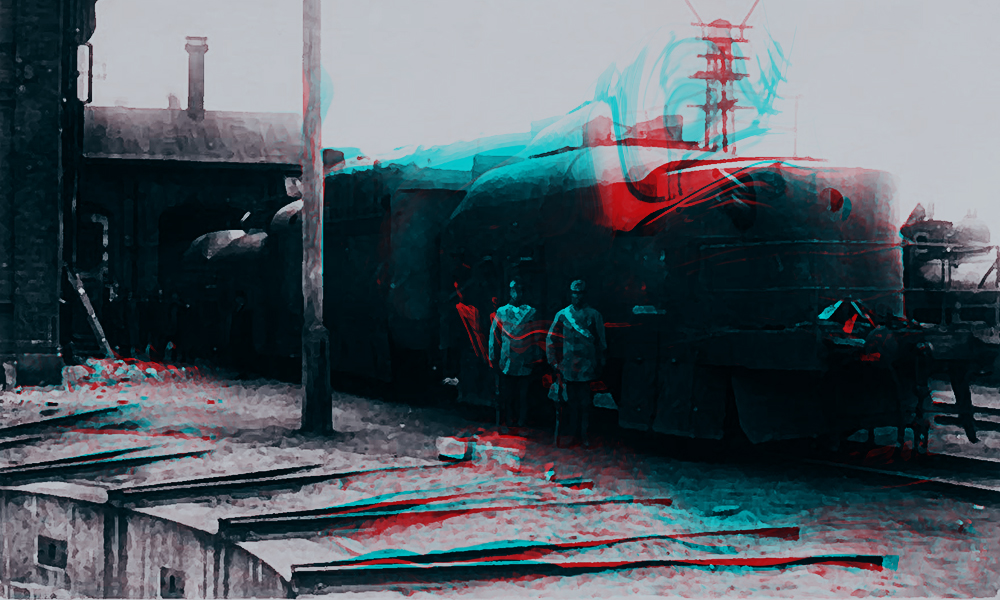
Interpretations of the Civil War
To learn about a country’s historical consciousness, it can be useful to ask children. They can present what they pick up in school in a much more direct way than adults do. This author asked an eight-year-old Finn if he knew who had fought in the civil war. He knew that it had been fought between Whites and Reds. So who were the Whites? “Suomalaiset,” he said, Finns. Wait, and if the Whites were Finns, then who were the Reds? “Venäläiset,” Russians.
The official history of “White Finland” claimed that in 1918, a “war of liberation” (Vapaussota) against Russia had taken place. Helsinki history professor Lauri Adolf Puntila, for example, argues this in his German-language “Politische Geschichte Finnlands 1809-1977,” which was last printed in 1980. Puntila describes a conflict between a “legitimate government” and “insurgents” who were trying to prevent the independence from Russia that Finns had been longing for for almost a hundred years. The professor cannot recognize any other motivation of the Reds besides a maniacal rejection of independence, forcing the otherwise peaceful Whites to resort to violence: “The will [of the nation] for autonomy was not strong enough for independence to be achieved only by legal means.”
This argument is hard to reconcile with the facts. The Central Executive Committee of the Soviets in Petrograd ratified Finland’s independence on January 4, 1918, four weeks before the “war of liberation” began. While acknowledging that only a tiny minority of the fighters on the Red side were Russians, White historians speak of a “Russian wolf in a Finnish sheep’s clothing.” Puntila denounces the “Red Terror,” which he says was responsible for the escalation of violence. But even according to his own figures, the Reds were responsible for only 1,500 deaths during the war, while the Whites killed 8,500. During the general strike in November of 1917, for example, 34 deaths were counted, including 27 caused by Red Guards. But the concentration camps set up by Whites at the end of the war killed (again according to Puntilla’s figures) almost 10,000 real or supposed Reds.
It was only the publication of the novel trilogy “Under the North Star” (Täällä Pohjantähden alla) by Finnish national author Väinö Linna in the early 1960s that this official history began to show its cracks. Linna’s micro-history presents the development of Finland from the mid-19th century to the 1950s, telling the story of three generations of a family in a small, fictional village. The main character from the second generation, Akseli Koskela, fights as a commander of the Red Guard and is later imprisoned in a concentration camp. Finnish public opinion thus gained insights into the real motivations of the Reds.
After that, terms like the Civil War (Kansalaissota) or the Internal War (Sisällissota) became more common, emphasizing the predominantly Finnish character of the war. But even this modern bourgeois interpretation, with two Finnish sides that were supported by different foreign powers, does not fit the facts. 12,000 regular German troops supported the Whites – it was these units that conquered Helsinki. These “liberators” of Finland relied on German bayonets. Meanwhile, the “treasonous” social democrats repeatedly called for the withdrawal of all Russian troops – their main political goal really was the complete independence of Finland. To receive German aid, representatives of the White government had signed extensive treaties in Berlin which would have established Germany’s military and economic control over Finland – including control of all exports and imports, as well as military bases on Finnish territory. At the end of the war, the rump parliament (the Social Democrats had all been expelled) voted to transfer the power of the Tsar to a new Finnish king, the German prince Friedrich Karl of Hesse. Only the collapse of the German Reich due to revolution obliged Prince Friedrich to decline, forcing the Whites to first elect a temporary regent and then establish a republic.
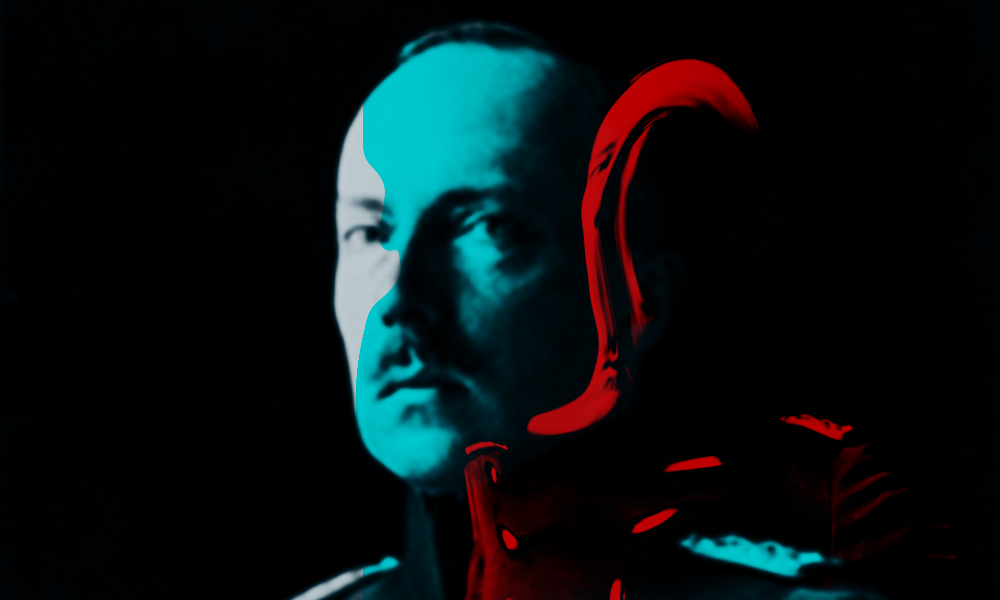
Explanations for the Defeat
The workers’ seizure of power in Southern Finland met almost no resistance. So why were the Finnish Social Democrats unable to hold power for more than a few months? A few explanations:
From 1809 to 1917, Finnish society developed without revolutions or even hard class struggles. The petition for Finnish autonomy and even the Great Strike of 1905 had been organized jointly by bourgeois and social democratic forces – of course there were tensions between the two camps, but class collaboration was the norm. The social democratic strategy for achieving independence – regardless of all the “class war” rhetoric – was aimed at an alliance with the “patriotic” wing of the bourgeoisie. Despite the isolation of the workers’ movement, the SDP valued its Finnish identity more than its socialist program. Especially after 1906, it integrated numerous bourgeois intellectuals into its leadership who saw the SDP as the most consistent advocate of independence. Furthermore, Finland’s social democrats were accustomed to facing a repressive apparatus made up of Russians or Swedish-speaking Finns. Their propaganda denounced “Finnish workers attacked by foreign troops in their own country.” A Finnish repressive apparatus was theoretically conceivable for them, but it still took getting used to.
Since its foundation in 1899, the SDP repeatedly had big debates, but these did not lead to the formation of hard factions or even clearly defined wings, like those in the German or Russian socialist parties at the time. The “class war” dogma was enough to prevent right-wing social democrats from joining bourgeois governments (at least until 1917, when the whole party took this step rather half-heartedly). Finland’s neutrality in the world war prevented the latent differences in the party from escalating. All internal currents not only wanted to avoid splits – it was completely outside their political imagination. When more radical forces won a majority for the seizure of power in November 1917, they cancelled their plans because the minority did not join them. The reformists for their part, who vehemently rejected the seizure of power and the formation of the Red government in January 1918, themselves went along with the majority, even if they were disillusioned and hesitant. The first split in the Finnish workers’ movement took place in 1918 with the foundation of the Communist Party in 1918.
During the revolution, there was no organized opposition to the SDP and the SAJ leadership. At mass rallies, in workers’ committees, in party and trade union congresses, and above all in the Red Guards, criticism poured onto the reformist, wavering leadership. There was plenty of talk about the need for a “new leadership,” yet there were no serious attempts to build a revolutionary tendency as an alternative to the SDP. It is true that the Red Guard united the most determined elements in the party and the trade unions, and perhaps it was precisely due to the lack of weapons that it developed a sharp political profile. Despite its military character, it increasingly transformed into a potential alternative in the political arena. The Red Guard repeatedly restricted the party’s authority over its structures. Three fifths of the staff of every Red Guard unit were to consist or representatives named by the party. However, in cities where the Red Guard was strong, such as in Helsinki and Tampere, these staffs were replaced by elected leadership committees. Since the Red Guards were much more directly involved in confrontations with bourgeois forces, they quickly radicalized and understood the fundamental irreconcilability of bourgeois and proletarian interests. Ultimately, though, due to its character as a paramilitary organization, the Red Guard was not able to develop an alternative strategy for the entire workers’ movement – its proposals were consistently radical, but always focused on military tactics.
The workers’ councils that developed during the Finnish revolution did not represent the developing, radicalizing mood of the working class. The councils formed throughout the country to fill the power vacuum during the general strike of November 1917 were just strike committees that dissolved as soon as the action was broken off. Some workers’ councils existed permanently, such as the Helsinki Workers’ Council – but these consisted of the established leadership bodies of the workers’ organizations. The Revolutionary Council that organized the general strike was made up of the leadership of the SDP, the leadership of the SAJ and three representatives of the SDP parliamentary faction. The council could replace its own members and was at most accountable to the SDP party congress. Even the “Supreme Workers’ Council,” the highest organ of power in Red Finland, was formed on a similar basis, with 40 delegates: 15 of the SDP, 10 of the SAJ, 10 of the Red Guard, and 5 of the Helsinki Workers’ Council. The People’s Delegation (the Red government) was essentially an extension of the SDP’s executive. A congress of councils, such as the one that formed the basis of the workers’ government in Russia, did not take place in Finland, nor was it planned. The traditional social democratic leaders of the party and the trade unions were firmly in the saddle throughout the revolution, and they were not accountable to democratic decisions by the working class via councils.
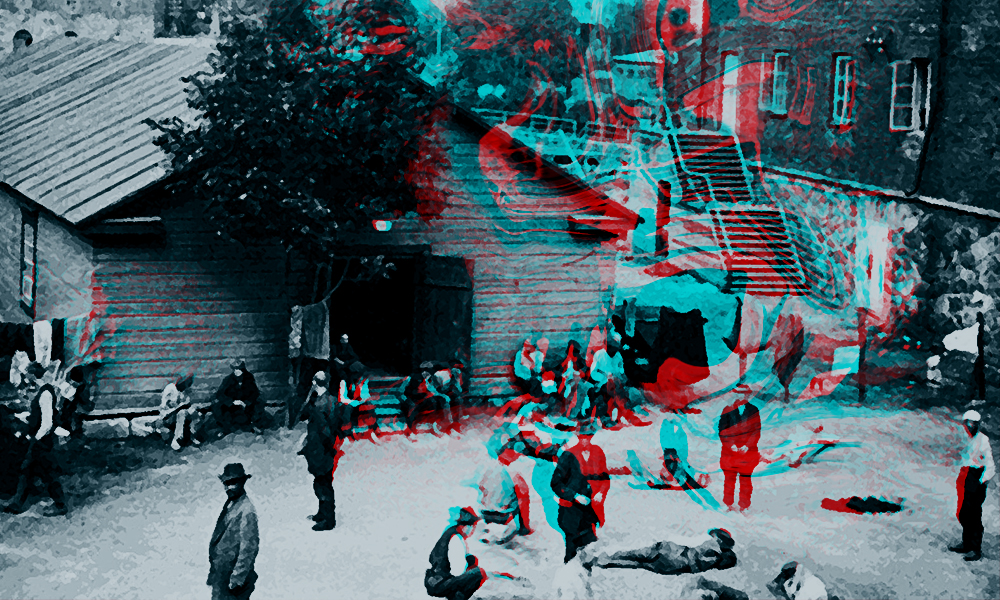
Revolutionary Organization?
The oppositional mood in the ranks of the Red Guard did not translate into an organized opposition. Lenin and the Bolsheviks, for their part, appear to have been only marginally interested in the Finnish Revolution or in the formation of a revolutionary tendency in Finland. Lenin spent the period from July to October 1917 in Helsinki and Viipuri, on the run from Kerensky’s repression, and in the previous decade he had visited Finland more than a dozen times, yet he hardly knew the situation within the SDP. He addressed a letter to several Finnish leaders: “I have heard from my Finnish friends that you are the head of the revolutionary wing of the Finnish Social Democratic Labour Party and are carrying on a struggle for the cause of the proletarian socialist revolution” – yet none of his addressees were in favor of a revolution like the one that had just taken place in Russia, and a few of them (like Karl Wiik) were members of the right wing of the party’s leadership that categorically rejected the seizure of power. Lenin may have been busy agitating for an uprising or finishing State and Revolution, but he did not use the opportunity for a political intervention in the SDP.
The Bolsheviks continuously appealed to Finnish workers to complete the revolution, but they did not work to create a political instrument to carry out this program. A number of Bolsheviks were active on the front lines in Finland – especially Finnish workers who had joined the Bolsheviks in Petrograd – but they acted autonomously without instructions from the Central Committee.
Bolsheviks in Finland included:
- Vladimir Antonov-Ovseyenko went to Finland shortly after the February Revolution to build up the Bolshevik organization there, but his work was focused exclusively on the Russian garrison, which by October 1917 could be fully won over to the Bolsheviks. Antonov-Ovseyenko returned to Petrograd in the summer of 1917, was briefly in prison, and then led the storming of the Winter Palace.
- Jukka Rahja was a Finnish Bolshevik who acted as a liaison between the Bolsheviks and the SDP. At the SDP party conference in June 1917, together with Alexandra Kollontai, he called on the Finns to join the Zimmerwald international. Shortly thereafter, he reported back to Petrograd that the SDP was firmly in the hands of revisionists. Rahja organized the Soviet government’s first arms shipment for the Red Guard. His brother, Eino Rahja, was also a Bolshevik and belonged to the Red Guard leadership, acting as de facto commander-in-chief for a time.
- Adolf Taimi was a Finnish-Russian Bolshevik who was active in the Red Guard, where he became a spokesman for its radical wing. He fought for greater independence of the Red Guard from the SDP and won large influence in Helsiniki. Taimi believed that the radical minority of the Red Guard, with about 500 fighters in the capital, could use confrontational actions – like seizing the government building – to force the SDP to confront the bourgeoisie and take power. There is no evidence that he coordinated his work with the Bolshevik leadership.
The Bolsheviks generally respected the traditional principle of the Second International that each party was responsible for conducting the class struggle in its own country. So the Bolsheviks could call on the SDP to seize power, but if the latter refused or hesitated, the Bolsheviks could not do more than criticize them. Only after the war, with the foundation of the Communist International in 1919, did the Bolsheviks begin to build an international revolutionary party based on a clear division between reformists and revolutionaries in all countries. In August 1918, many former SDP leaders like Kuusinen founded the Communist Party of Finland in Moscow.
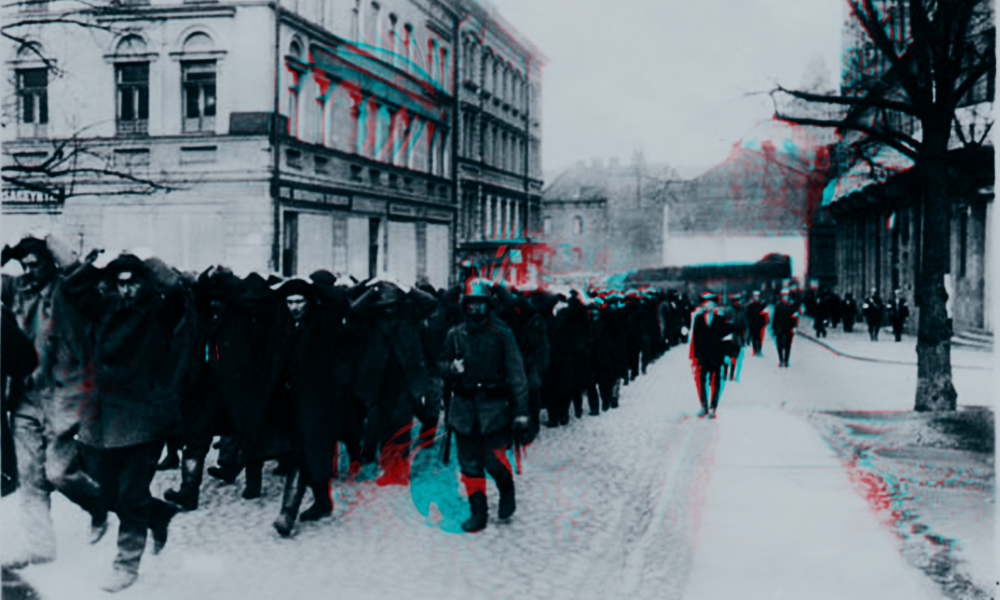
Political Lessons
The Finnish Civil War objectively posed the question of the dictatorship of the proletariat. The supposedly “orthodox” Marxism of the Second International and the SDP claimed that socialism could only be achieved on the “democratic” road, i.e. via the expansion of parliamentary rights. Marx, in contrast, had often stressed that the establishment of socialism would require a “dictatorship of the proletariat,” i.e. a workers’ government based on working-class organs of power, throwing all the laws, constitutions and institutions of the capitalist order overboard. According to Marx, this dictatorship would be “no more than a transition to the abolition of all classes and to a classless society.”
Finnish Social Democracy instead aimed for a “democratic revolution.” Their strategy in 1917 was close to the theory of the “democratic dictatorship of the proletariat and the peasantry” that Lenin had advocated before the First World War. This theory claimed that the weak and cowardly bourgeoisie in an underdeveloped country (such as Russia or Finland) would oblige the working class, in order to carry out the bourgeois revolution, to seize power itself. However, the resulting workers’ government would limit itself to bourgeois reforms since the country was only ready for the “bourgeois stage” and therefore “unripe” for a socialist revolution. This is precisely what the SDP attempted to do.
The Finnish experience revealed all the contradictions of this theory. The Finnish bourgeoisie was too afraid of the proletariat to carry out the tasks of the bourgeois revolution consistently. But the workers’ government, which attempted to complete the bourgeoisie’s historical mission and create a modern, bourgeois-democratic and capitalist regime, was not accepted by the bourgeoisie. The capitalists tried to stop this ersatz bourgeois revolution with economic sabotage, repression, and ultimately civil war. The Red government should have taken energetic measures, including the nationalization of the banks and workers’ control in industry, to protect itself – but such measures would have gone far beyond its purely democratic program. In fact, with such measures, the revolution would have passed from a bourgeois state to a socialist stage – or to be more precise, there would not have been any clearly separated stages at all. The result would have been a proletarian dictatorship – not in the sense of the uncheckable power of one man, but in the sense of the unrestricted rule of one class.
Lenin, with his April Theses of 1917, had rejected the idea that an underdeveloped country like Russia would need to pass through an extended bourgeois “stage” before a socialist revolution was on the agenda. His theses defined the proletarian dictatorship as the immediate goal for the revolution in Russia. Finnish social democrats hardly took note of this programmatic shift, much less understood it. For them, a proletarian dictatorship in Finland was a question for the distant future, after socialist revolutions had been successful in the advanced, industrialized countries of Western Europe. Yet the course of the civil war forced them to go further than their theoretical conceptions permitted: the Red government eventually began expropriating individual capitalists, and in April 1918, when only Viipuri was still under Red control, Kullervo Manner was appointed “dictator” to centralize the final, desperate war efforts. Thus, many social democrats who had rejected any use of violence even during the civil war were convinced by the dynamic of the class struggle of the need for a proletarian dictatorship.
This radical break with the supposedly “Marxist” orthodoxy of the Second International had been explained 13 years earlier by Leon Trotsky, who developed a theory of the permanent revolution to explain the dynamics of the coming Russian revolution (he systematized this theory in 1930). In underdeveloped countries, neither the bourgeoisie nor a bourgeois workers’ government can complete the tasks of the bourgeois revolution. For this, the working class has to take power. However, the proletariat is not able to limit itself to a bourgeois program, but will have to implement more and more elements of its own, socialist program. In this way, the bourgeois revolution leads directly to the dictatorship of the proletariat, supported by the peasantry.
The defeat of the SDP, as absurd as it may sound at first, was ultimately due to its theoretical weaknesses. Militarily, the civil war could have been won: the organized working class had taken over all industrial centers without difficulty and built a proletarian army of 100,000 men and women (in fact, over 2,000 women served in the Red Guard). They were numerically superior to the Whites and at least on par in terms of weapons – the serious problem of the lack of military cadres could have been solved by a determined leadership. The theory that Finland was only ripe for a “democratic stage,” however, held them back from the steps that would have been necessary to smash the counterrevolution: workers’ control of industry, suppression of the bourgeois counterrevolution, and the immediate, self-organized distribution of the land among the tenants and the landless agrarian proletariat. The radicals in the workers’ ranks denounced this moderation endlessly (bourgeois were eating in fine restaurants in Helsinki while Red Guards were starving at the front!) but ultimately had no strategic alternative to the leadership. Even the Finnish Bolsheviks preached a sterile “revolutionism” without a strategy for building socialism in agrarian Finland.
The Bolshevik strategy was literally before their eyes, just a few kilometers across the border; the workers’ seizure of power in Russia was only conceived as a link in the chain of world revolution, and it advanced revolutionary processes in more advanced countries (to mention one example, the German monarchy collapsed just one year later). The theory of stages, as defended by the Finnish social democrats (as well as by the Russian Mensheviks and later by the Stalinized Communist International), consistently leads revolutions in underdeveloped countries to a dead end. They limit themselves to bourgeois reforms, squandering the enthusiasm of their base and eventually collapsing. The Finnish Revolution provides negative evidence – paid by the deaths of some 20,000 Finnish workers – of the central importance of the theory of permanent revolution in the age of imperialism.
The history of the Finnish Revolution can be infinitely depressing. Lenin told the defeated Finnish Social Democrats on their arrival in Petrograd: “You must not lose confidence or let your minds be depressed. We must prepare and control the matter better on the next occasion.”The renewed interest in the Finnish Revolution, 100 years after its defeat, is useful. Studying the failures of Finland’s social democrats will help us to prepare successful socialist revolutions in the future.
The young historian Eric Blanc has argued that Finland provides us with a successful example of a “democratic road to socialism.” In fact, the exact opposite is the case. Even though the Finnish socialists had won a majority in parliament (an exceptional event, due to the Finnish bourgeoisie’s weakness and lack of experience), they were still forced to carry out an insurrection and fight a civil war against the capitalists. Yet since their leaders remained convinced that only pacifistic and parliamentary means were legitimate, they lost. Kautsky had taught the SDP that revolution was something to be waited for patiently:
The socialist party is a revolutionary party, but not a revolution-making party. We know that our goal can be attained only through a revolution. We also know that it is just as little in our power to create this revolution as it is in the power of our opponents to prevent it. It is no part of our work to instigate a revolution or to prepare the way for it.
Kautsky’s Finnish students had in no way prepared for revolution. And when it broke out, despite their best efforts, they attempted to hold it back. Finland might have offered the best conditions for socialist revolution in the history of capitalism – yet a reformist leadership organized a historic defeat. Many leaders of the SDP drew the correct conclusion from their experience; they founded a revolutionary communist party with the goal of leading the working class to the seizure of power. It’s a shame that Blanc, otherwise a talented historian, is so deliberately obfuscating these lessons.
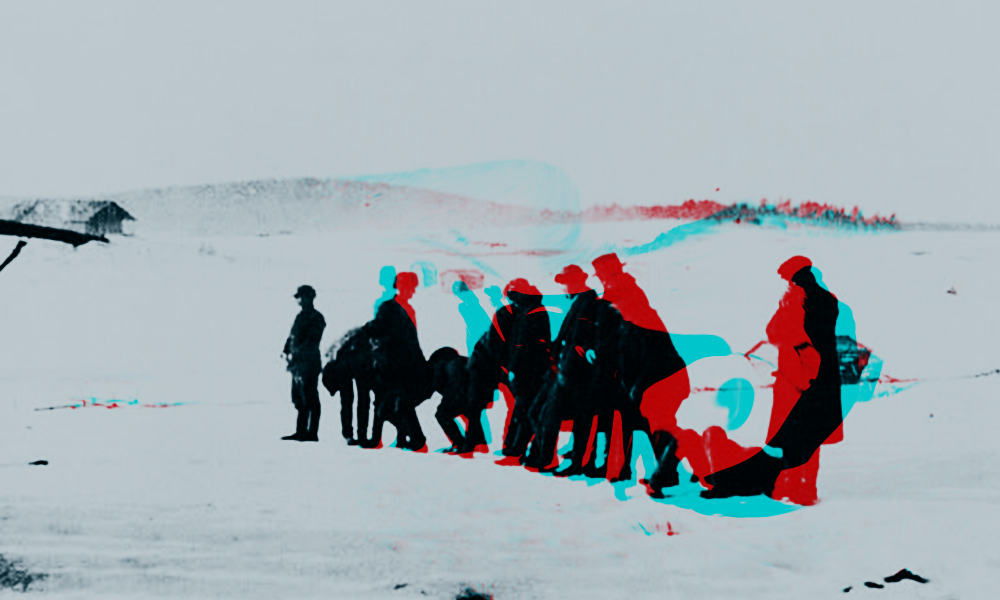
Bibliography
There are two great books about the Finnish Revolution:
The monumental work The Finnish Revolution by Anthony Upton is almost 40 years old, but unsurpassed in its presentation and analysis of the civil war (almost a day-by-day recounting). Upton presents the Bolsheviks’ positions very accurately and shows lots of contempt for the Finnish Social Democrats (“wretched,” “miserable,” “deceitful”), which is more sympathy than Lenin usually gets from academics. Nonetheless, Upton argues that the civil war was ultimately a historical accident, and more farsighted leaders in the workers’ movement and the bourgeois camp could have prevented violent conflict altogether. Almost everything in this article is based on Upton’s work.
Väinö Linna’s trilogy Under the North Star, which was published in English between 2001-03, offers valuable insights into the motivations of tenant farmers fighting on the Red side. It is also a great read. Several movies were made from the material, but none appear to be available in English.
John Hodgson, Communism in Finland: A History and Interpretation, Princeton 1967.
Osmo Jussila / Seppo Hentilä / Jukka Nevakivi, From Grand Duchy to a Modern State: A Political History of Finland since 1809, Carbondale 2000.
David Kirby, A Concise History of Finland, Cambridge 2006.
Otto Wilhelm Kuusinen, Die Revolution in Finnland: Eine Selbstkritik, Vienna 1920.
Väinö Linna, Under the North Star, Beaverton 2001.
Ibid., The Uprising: Under the North Star 2, Beaverton 2002.
L.A. Puntila, Politische Geschichte Finnlands 1809-1971, Helsinki 1980.
Victor Serge, Year One of the Russian Revolution, Chicago 1972.
Fred Singleton, A Short History of Finland, Cambridge 1998.
Anthony Upton, The Finnish Revolution 1917-1918, Minneapolis 1980.


